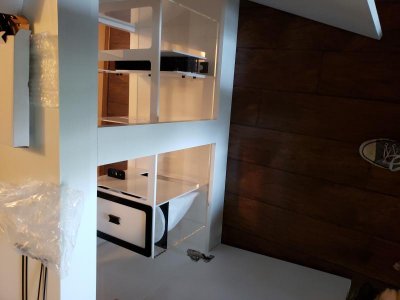Zosozeppelin
New member
Hi all,
I just recently upgraded to a Planet Aquarium tank with a Trigger System sump. I've never had a sump before. I've picked out a return pump for it and I need to get the tubing to connect everything before I fill the tank up and begin the cycle. This may be a weird question, but again, not super familiar with sumps. Let's say the power goes out and I have nothing to circulate the water back into the main display. Is there a risk of water draining from the display tank and overflowing the sump. If so, what should I get to help prevent that? Any and all advice welcome. Attached is a picture of the sump.
Thanks!
I just recently upgraded to a Planet Aquarium tank with a Trigger System sump. I've never had a sump before. I've picked out a return pump for it and I need to get the tubing to connect everything before I fill the tank up and begin the cycle. This may be a weird question, but again, not super familiar with sumps. Let's say the power goes out and I have nothing to circulate the water back into the main display. Is there a risk of water draining from the display tank and overflowing the sump. If so, what should I get to help prevent that? Any and all advice welcome. Attached is a picture of the sump.
Thanks!

